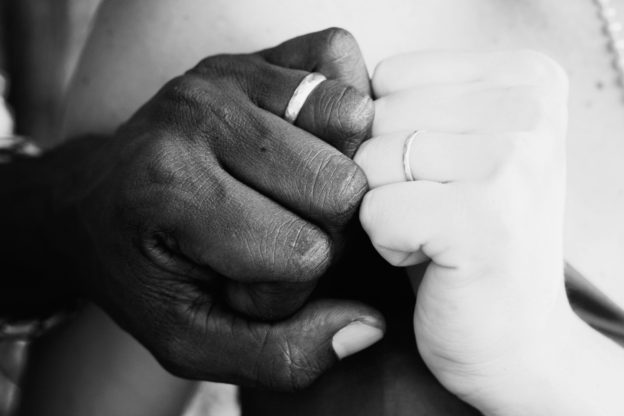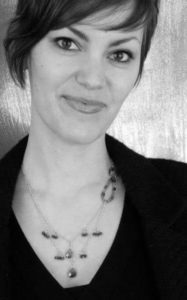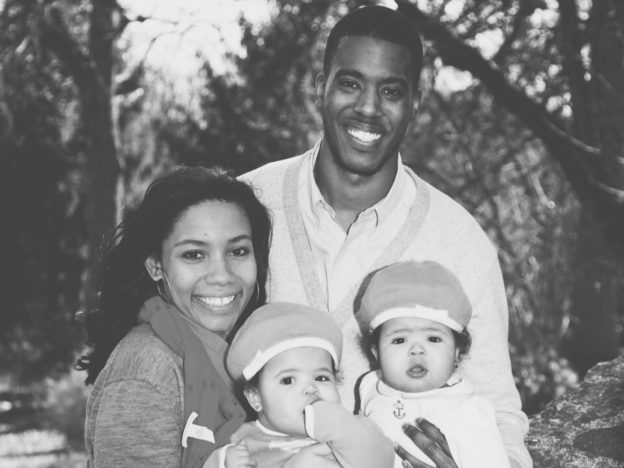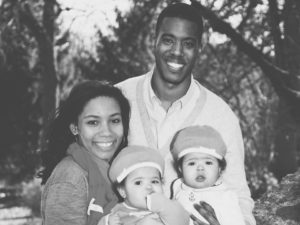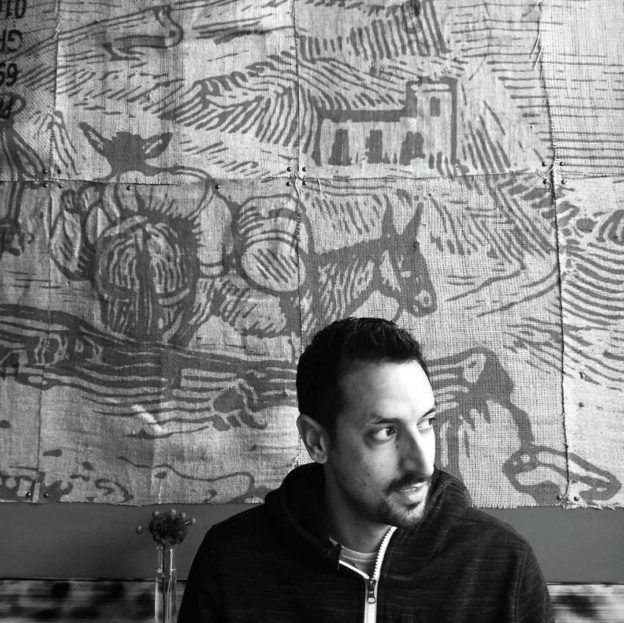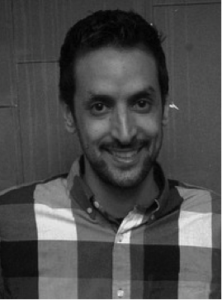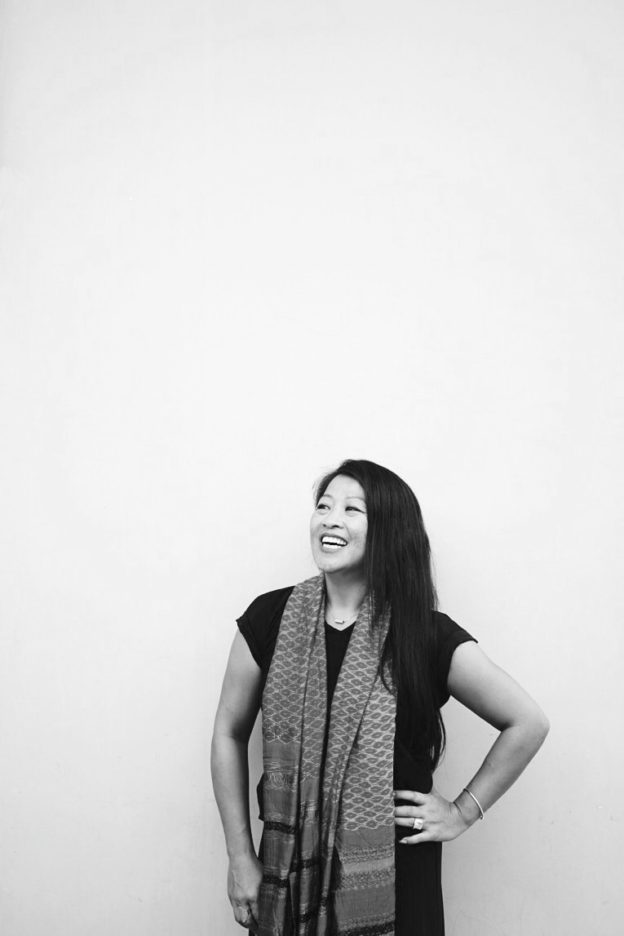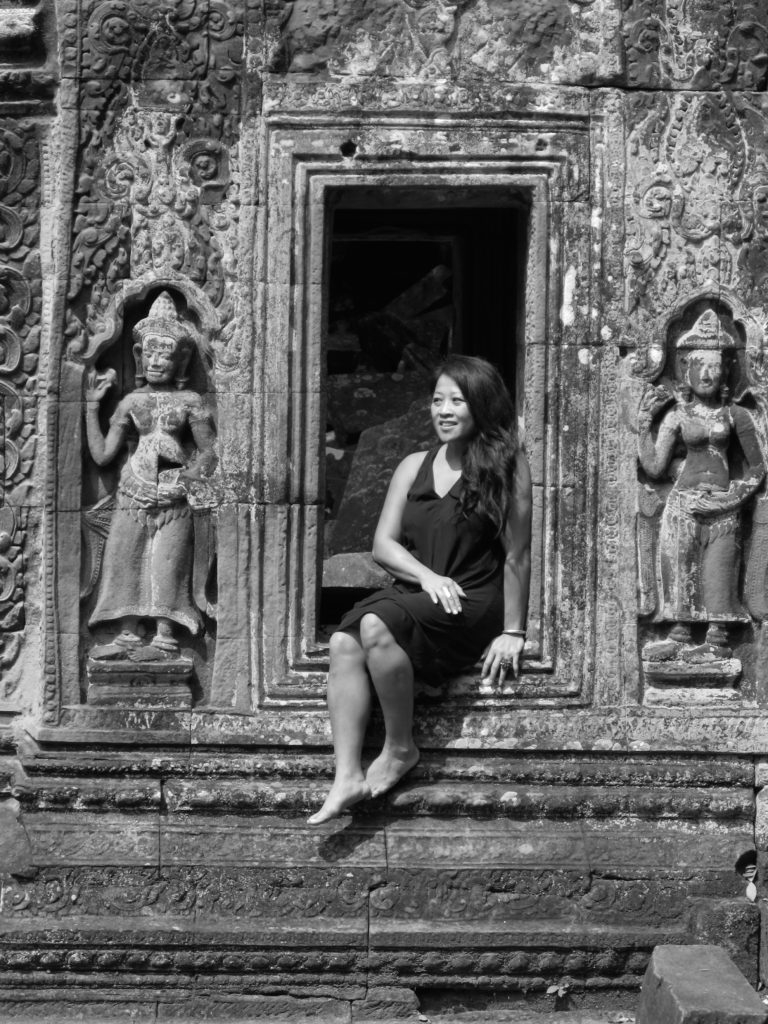by Matthew Wright
Running through the history of our planet is a current of spiritual awakening. Beginning as a trickle, it flows through the cracks of history, touching at first individuals, now washing out, over and through interconnected circles, building in force, moving to gather up all things in its embrace.
The current flowed in the first great Axial Age, awakening us to a new depth. Abraham and Sarah left tribe and tribal gods to seek after the One. The Indian rishis retired to their caves in search of the Self. The Buddha left wife and child in the palace and set off on his quest for enlightenment. Ties with family, tribe, and Earth were broken and a new possibility emerged.
We climbed ladders of ascent and journeyed into subtle realms of Spirit. We touched the Transcendent. And often we imagined that we had discovered the purpose of our existence: escape from this world, a flight to the Beyond. We struggled to break the cycle of suffering and rebirth and to attain to the heavenly prize.
All the while the water continued to quietly flow, its force increased through the door that was opened. Not at all what we had imagined—an escape route—this channel instead allowed the qualities of Spirit to flow more fully into this world, guiding the evolution of our planet toward its fullness as an ever-deepening revelation of the Divine Heart.
This is the story I imagine as I ponder the subtle shift being felt around our planet today. For the longest swath of our history, we’ve imagined the spiritual journey as an individual quest for salvation or enlightenment, with the ultimate goal of escape, or liberation, from the world of matter. Whether we’ve seen the problem as samsara and suffering or falleness and sin, something is wrong with this place—and we want out! Images of separation and exile have long dominated our spiritual consciousness.
But slowly over the past century, and now with increasing speed, a sense of oneness is emerging in the consciousness of our planetary body. We are realizing instead that we belong. Multiple strands of knowledge point us to this truth: from environmentalists, recognizing that we are part of a global ecosystem; to quantum physicists, uncovering the deep interconnection at the most subtle levels of matter; to evolutionary biologists, revealing life’s unfolding as a vast, single process. Slowly we are beginning to discover that there is ultimately no separation within the field of existence—only one seamless dance. We belong deeply to this world, interwoven fully into its fabric.
This realization is forming the headwaters of a Second Axial Age[1], another great shift in consciousness equal in weight to that which gave rise (roughly between 800 and 200 BCE[2]) to the impulse that eventually manifested as our existing great religious structures. With that first great turn of the wheel, we opened to the beauty of the individual and the possibility of the Transcendent, and a new human journey began. But in the process we lost much of an earlier, collective sense of belonging rooted in tribe, and a deep, felt sense of connection to Earth.
In this next great turn in the spiral dance, we are picking up what was lost—no longer at the tribal, but at the global level. We are entering a period of deep integration, weaving together the primal, collective, and cosmic with the rational, individual, and transcendent—binding together Heaven and Earth. The Divine Heart is moving towards the fullness of its expression in form. With this new turn of the wheel, we release our sense of exile and settle in for the work at hand. Our Second Axial awareness begins from a new starting place: union. We have never been separate: not from one another, not from the Earth that holds us, not from the Infinite we long for.
Instead, we discover that our longing is itself the longing of the Divine Heart, struggling to come to birth in the world of form; it is the very current of awakening that drives the planet toward its fullness. We have misunderstood this longing as a defect—a symptom of our exile. It is instead the deepest sign of our belonging to the work of this world. It is the driveshaft of the entire evolutionary process as we move towards our awakening as a single planetary body.
We have not been left unprepared for this work. While the Second Axial impulse is only now gaining global traction, it has been subtly shaping the spiritual currents of our planet for the last two thousand years. We see it forcefully in the rise of the Bodhisattva vow within Mahayana Buddhism: a shift away from individual enlightenment and escape into Nirvana, toward a pledge to remain in the phenomenal world for the service of collective awakening.
We see it in the birth of Christianity, directly in the life of Jesus, who rejected a First Axial ascetic path in favor of one that fully embraced the world—he feasted, danced, and wept, all the while associating with those designated outcasts and sinners. He refused to recognize the expected divisions between sacred and profane. This full on embrace of phenomenal existence was enshrined in Christianity’s core doctrine of the Incarnation—that “the Word became flesh” in the world “God so loved”—but the Second Axial impulse of its founder was repeatedly roped back into the existing First Axial road maps.
Most clearly, perhaps, we see the Second Axial emergence in Islam and its mystical tradition, Sufism. The Islamic world took the rhythm of monastic prayer and offered it in the marketplace. Like Christianity, it broke out of the ethnic and tribal identity of its parent religion, Judaism (which itself never completely lost touch with its pre-Axial earthiness and embrace of the world). Islam’s mystical path, based on the life of a prophet who was husband, lover, parent, warrior, and statesman, found it practically impossible to give way to the First Axial impulse toward asceticism and monasticism. Sufism pledged to keep the contemplative life fully integrated into the life of the world. It was in many ways the first wave of what many today are calling “the new monasticism.”
Today we can claim these streams for what they are: the early in-breaking of Second Axial consciousness, a dramatic shift away from the dualistic separation of “Spirit” from “world.” Channels for these waters are the ones we must dig and deepen. As this Second Axial Awakening takes hold on the global scale, we must begin the work of reimagining and realigning our First Axial religions. What will change when we see these great traditions as so many currents within a vast planetary movement of awakening and integration? How will we carry their wisdom forward in an age characterized by a primary consciousness of union, belonging, and interconnection?
I believe that our hope still lies in our religions, and that we abandon them at a great loss. They hold much of the wisdom we will need in this next great transformation. But the invitation now is to a dance, not a lecture. The traditions will no longer be only the teachers, but the students as well. As they teach us, we will teach them. The evolution, like all such dances, will be mutual. The wheel will turn once more and the waters will flow powerful and strong, the Divine Heartbeat loud and full.
[1] named such by Ewert Cousins in his stunning Christ of the 21st Century (New York, NY: Continuum, 1992), 7ff.
[2] credit for naming this window of history the “Axial Age” goes to Karl Jaspers in his seminal Karl Jaspers, The Origin and Goal of History (Zurich: Artemis, 1949), 19-43.
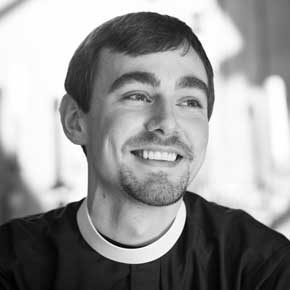 Matthew Wright is an Episcopal priest working to renew the Christian Wisdom tradition within a wider interspiritual framework. Alongside his practice of Christianity, he draws deeply from the sacred worlds of Islamic Sufism and Vedanta. Matthew serves as priest-in-charge at St. Gregory’s Episcopal Church in Woodstock, NY and is a teacher for Northeast Wisdom, a non-profit rooted in the contemplative teaching lineage of Cynthia Bourgeault. He lives with his wife Yanick alongside the brothers of Holy Cross Monastery. Matthew is an up-and-coming speaker and retreat leader, and regular contributor for the Contemplative Journal where he writes on a variety of spiritual subjects.
Matthew Wright is an Episcopal priest working to renew the Christian Wisdom tradition within a wider interspiritual framework. Alongside his practice of Christianity, he draws deeply from the sacred worlds of Islamic Sufism and Vedanta. Matthew serves as priest-in-charge at St. Gregory’s Episcopal Church in Woodstock, NY and is a teacher for Northeast Wisdom, a non-profit rooted in the contemplative teaching lineage of Cynthia Bourgeault. He lives with his wife Yanick alongside the brothers of Holy Cross Monastery. Matthew is an up-and-coming speaker and retreat leader, and regular contributor for the Contemplative Journal where he writes on a variety of spiritual subjects.
This article originally appeared at http://
*header photo credit: NASA

